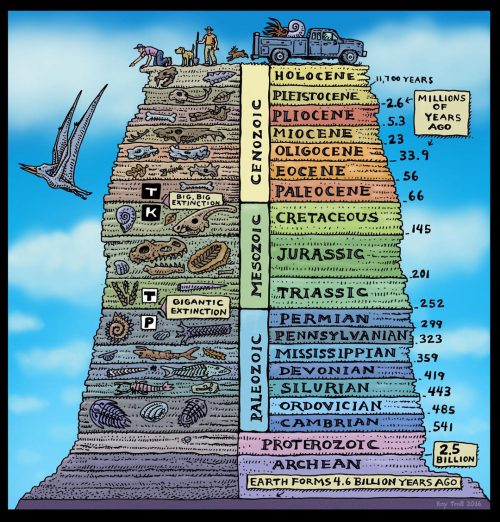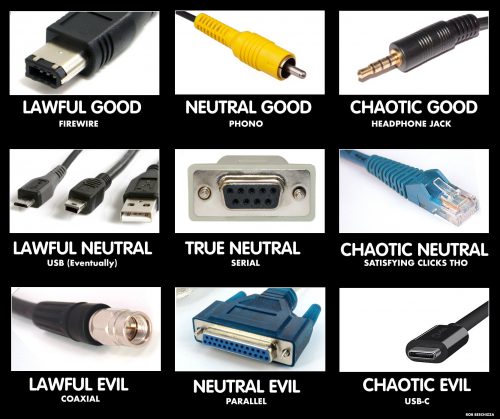Alternative medicines: they claim to cure all kinds of ailments, or at best they promise that they’re harmless supplements. Now here comes the data that says some herbal remedies are correlated with increased cancer risk.
According to a study published Wednesday in Science Translational Medicine, traditional components of herbal remedies used throughout Asia are widely implicated in liver cancers there. In Taiwan, for instance, 78 percent of 98 liver tumors sampled displayed a pattern of mutations consistent with exposure to herbs containing aristolochic acids (AAs). These are carcinogenic components found in a variety of centuries-old herbal remedies said to treat everything from snakebites to gout, asthma, and pain.
Because of their toxicity, some (but not all) of the herbs and plants known to contain AAs have been banned in Taiwan and other places. These flora tend to come from the genera Aristolochia (e.g., birthwort, pipevine) and Asarum (wild gingers). The Food and Drug Administration has also issued several warnings and advisories over AA-containing remedies.
Also relevant: patients who replace tested medicines with alternative crap have a 5x higher death rate within 5 years.
There’s a reason there are tested guidelines in place for careful, controlled studies of medicines, and why side-effects and long-term consequences are scrutinized thoroughly. What’s the point of a treatment for gout that works, hypothetically, if it increases your risk of liver cancer?
There are also reasons for ethical guidelines. Take, for example, this experimental vaccine for herpes that was designed by William Halford and backed by Peter Thiel. They bypassed IRB review; they ignored FDA guidelines; they carried out the tests on an island in the Caribbean, St Kitts, to bypass US oversight requirements. They injected 20 patients who really were suffering with serious, chronic herpes infections with a weakened virus, and got mixed results — for some it changed how subsequent expressed themselves, for others, it made the symptoms worse. The researchers failed to demonstrate either safety or efficacy.
And then, to make it even worse, Halford died, leaving the patients and the study in the hands of…who? No one. By abandoning responsible oversight, he’d left the legitimate biomedical authorities free of any obligation.
Maybe Peter Thiel will step forward and take responsibility for this botched and poorly designed experiment.
I can laugh at that idea, at least. But not at the desperate people who take bizarre alternative medicines or leap at terrible forlorn hope therapies.







